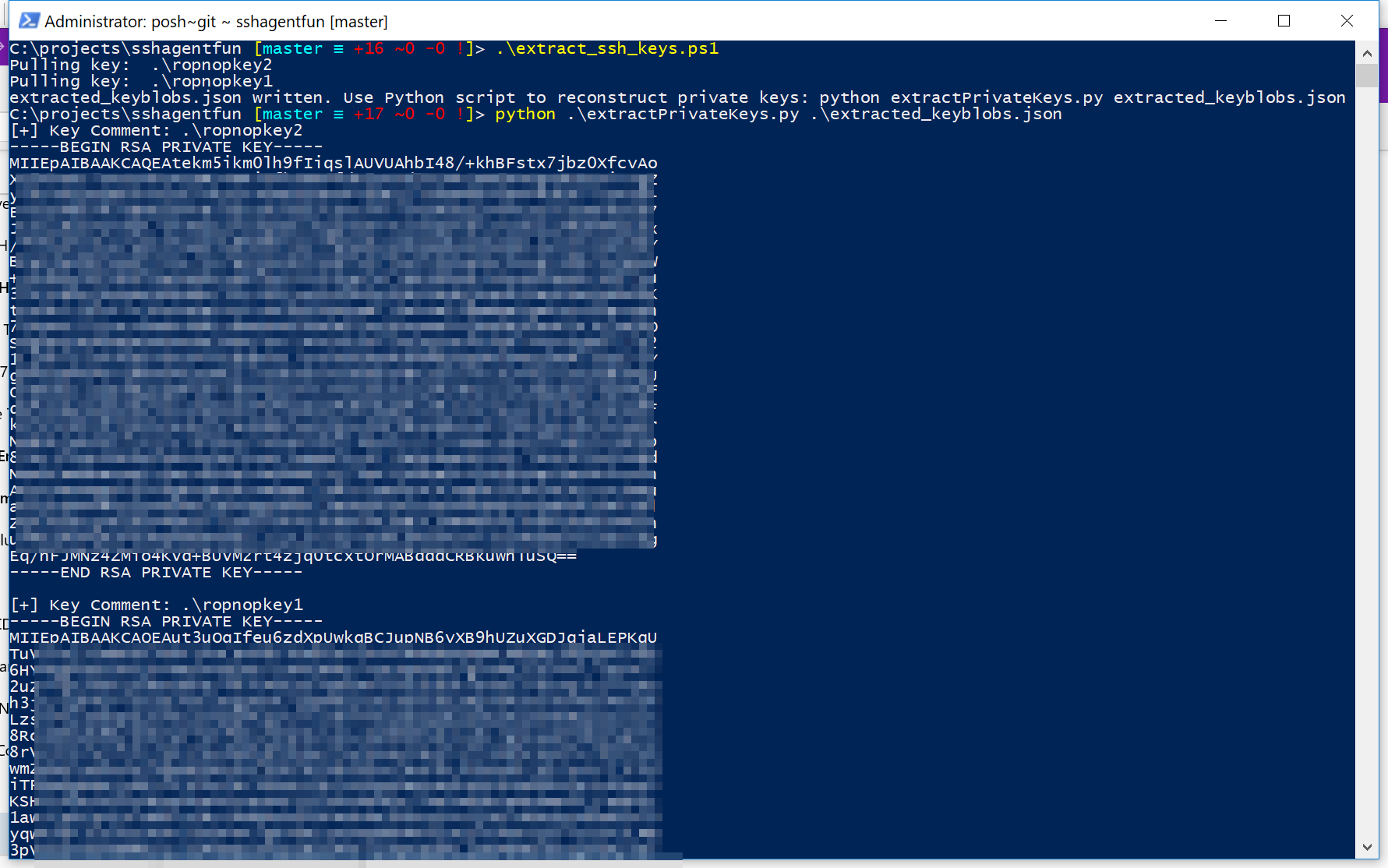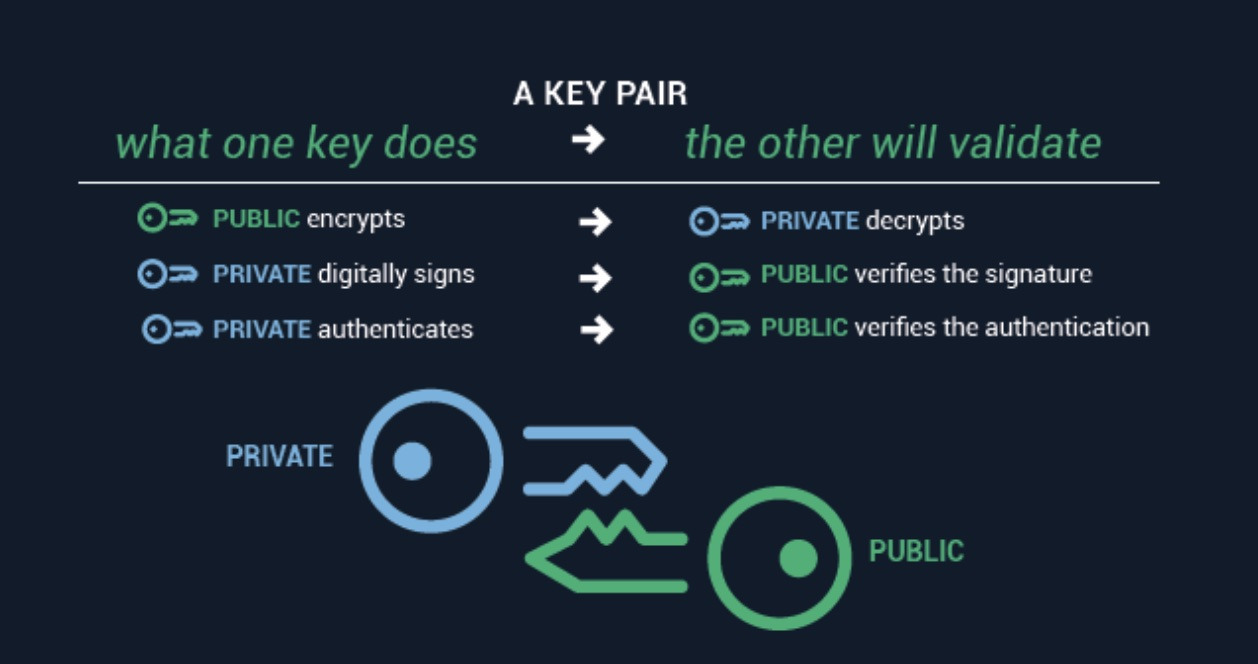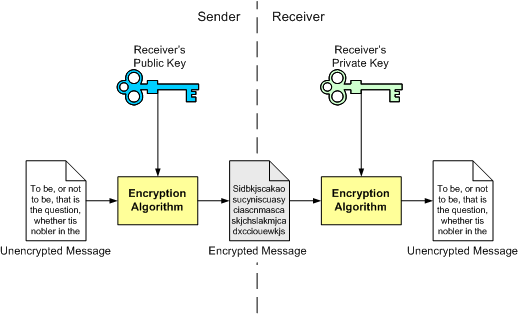

The ssh-keygen utility can easily take care of this for us. The next thing we need to do is generate a public/private key pair. Now we can switch to our new user with the su command: target:~$ su - Step 2: Generate a Key Pair on the Target

Postgres:x:108:117:PostgreSQL administrator,:/var/lib/postgresql:/bin/bash Gnats:x:41:41:Gnats Bug-Reporting System (admin):/var/lib/gnats:/bin/sh List:x:38:38:Mailing List Manager:/var/list:/bin/sh We can verify the new user was added successfully by viewing /etc/passwd: target:~$ cat /etc/passwd

It's OK to just leave everything blank: Changing the user information for nullbyteĮnter the new value, or press ENTER for the default Ĭreating home directory `/home/nullbyte'.
Decode ssh rsa key password#
Use the adduser command, and enter a new password at the prompt: target:~$ sudo adduser nullbyteĪdding new user `nullbyte' (1003) with group `nullbyte'. To begin, let's create a new user on the target for demonstration purposes. The below steps assume you have already gained access to a target computer from your local machine. This makes it nearly impossible for hackers to compromise SSH sessions unless they have access to the private key. The public key is used to encrypt communication that only the associated private key can decrypt.
Decode ssh rsa key windows#

Decode ssh rsa key cracked#
But even that isn't bulletproof since SSH private key passwords can be cracked using John the Ripper. Key-based authentication is much more secure, and private keys can even be encrypted for additional security. However, SSH is prone to password brute-forcing. Secure Shell is one of the most common network protocols, typically used to manage remote machines through an encrypted connection.


 0 kommentar(er)
0 kommentar(er)
